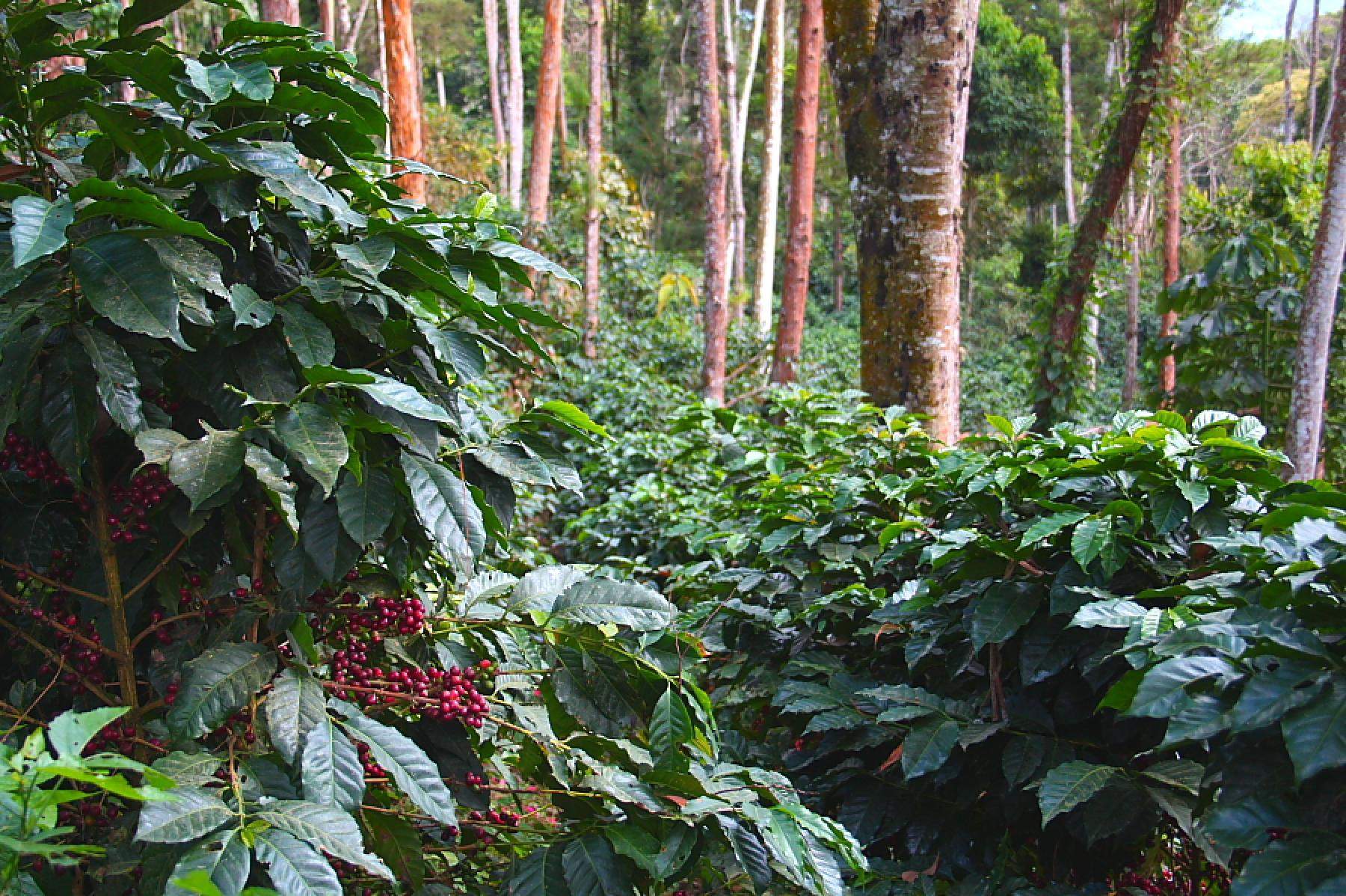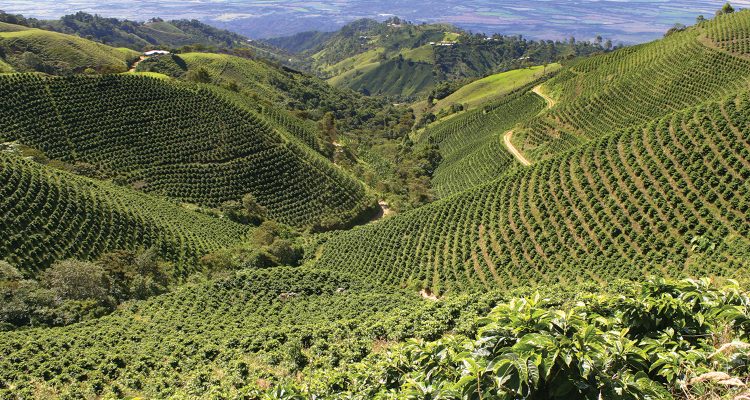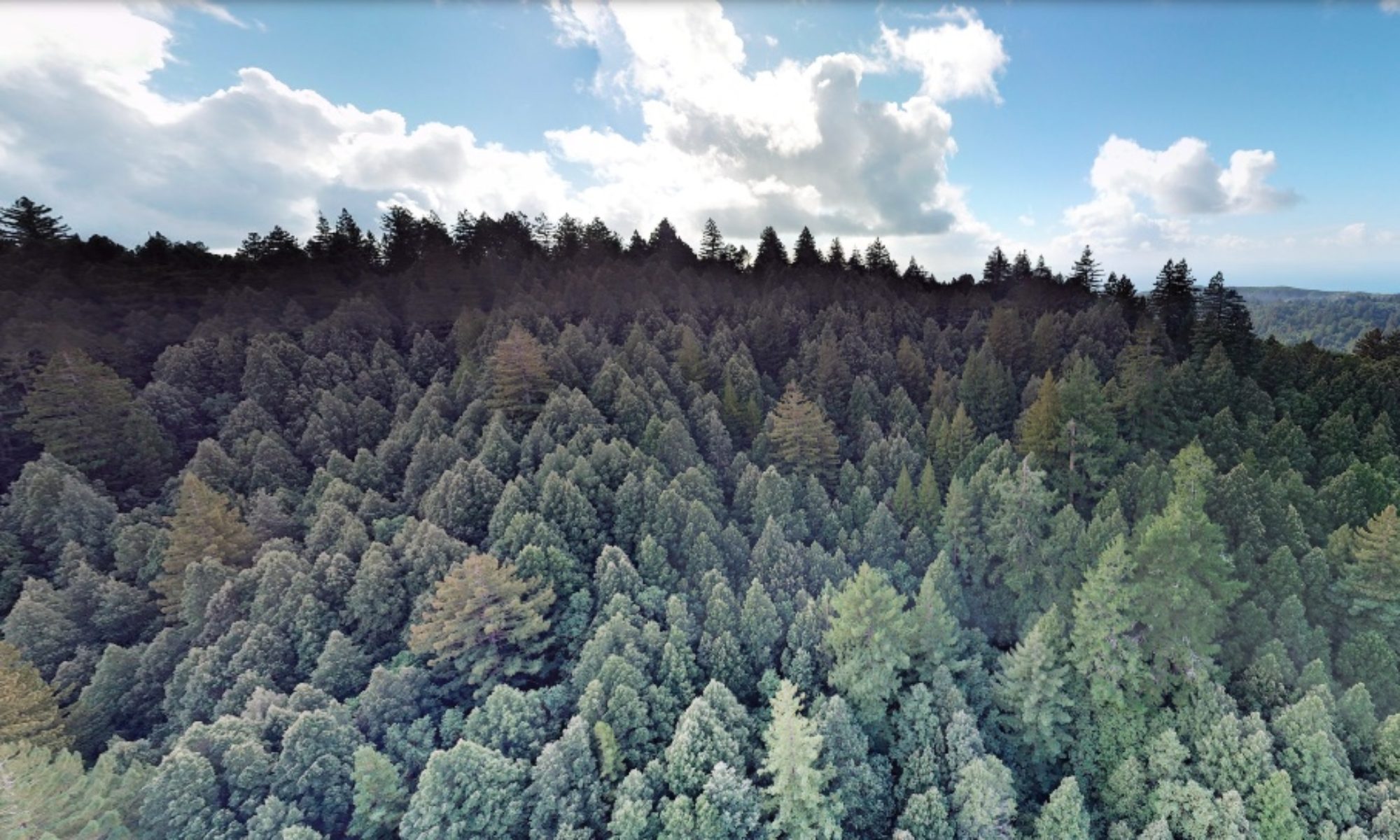After oil, coffee is the world’s most traded commodity. Globally we consume over 2 billion cups of coffee a day and growing coffee is the livelihood for more than 100 million people around the world. Coffee shops have become one of the only businesses to survive the onslaught of globalisation and the shift to online shopping.
Yet for Britain, for most of the 20th century, our hot drink of choice was tea. Originally a luxury product enjoyed only by early colonialists and the rich, tea became an important part of Britain’s cultural identity, across the socioeconomic spectrum. While tea is still popular in the UK to drink at home, the dawn of Starbucks and coffee culture has led to coffee eclipsing tea as the consumers drink of choice when out.
China’s coffee boom
Other nations are following in our footsteps. Global demand continues in an upward direction and is set to double by 2050 — in large part driven by the growing number of Chinese consumers. Across China, Starbucks continues to open new stores daily, aiming to reach 6000 stores by 2022. With the middle class set to approach 600 million in the next 2 years, it’s the perfect marketplace for global coffee chains, hungry for new markets.
Good for business, bad for the environment
But while it may be good news for multinationals, the coffee boom is causing environmental problems to mount up. First came Starbucks serving huge milky lattes and cappuccinos in single use coffee cups. Then came Nespresso, with its luxury-coffee-at-home machines and single use capsules. What might be a micro-luxury for the consumer, is a macro-disaster for the environment.
But it’s not only the single use paraphernalia associated with the coffee boom that’s problematic. The cultivation of the bean itself is also causing problems.
Thirsty plants
While cultivation of any cash crop has serious ecological consequences, tea is a much less thirsty plant than coffee. The amount of water needed for one cup of tea is around 30 litres, compared to 140 for a cup of coffee.
Lattes and Cappuccinos
Coffee is often drunk in a milk-heavy formula, which adds significantly to the carbon footprint of the drink. One study estimated that black coffee produces 21 grams of CO2; while a latte, 340 grams.
How coffee is grown: shade grown

Coffee grows naturally in biodiverse tropical or sub-tropical mountainous regions, among partial shade afforded by the surrounding vegetation. Because of the shade, the bean matures more slowly than its sun grown counterpart, and results in a better flavour.
Shade grown coffee, (if it’s certified as organic) usually has a higher price tag. This reflects the higher labour costs involved in applying organic fertilizers and weeding by hand, and typically the lower yield of the plants (although that is changing with the effects of climate change).

Sun grown coffee
Sun grown coffee is effectively just another cash crop plantation, usually grown on areas that have been deforested. Such practices result in a loss of biodiversity and habitat for many species (particularly birds), and also remove natural carbon sinks. While this type of planting can make sense economically because of higher yields, and quicker and easier harvest, intensively cultivating coffee leads to soil erosion and blights. These blights are then treated with pesticides which run off into the surrounding ecosystem and water ways.
The most common blight is rust – a type of fungus that can kill the coffee plants or badly affect their yield. Sun grown coffee planted closely together makes the spread of the disease much more likely as the fungus is spread by the wind.
How local people are affected by sun grown coffee cultivation
The high levels of herbicides and pesticides sprayed during the cultivation exposes workers to toxins.
Deforesting and upsetting the natural equilibrium of nature also has a knock on effect for the people that live nearby. This occurs not only because of the toxic runoff polluting the water, but also because the natural soil structure is upset by the removal of trees and their root systems (soil erosion).
Even though there are clear benefits to shade growing coffee cultivation for the environment, most coffee is still sun grown – 40% of the global supply. This is mainly because farmers are looking to maximize their yields in the shortest time possible and is part of a wider trend which over the past 50 years has pushed suppliers to produce high quantity at low cost to meet growing consumer demand.
How has the warming climate affecting coffee?
The warming climate has also added to the trouble coffee growers face. Sun grown coffee is often lost to rust blights. Climate change is also causing rain to be more infrequent which affects yields. Some areas are becoming to hot to grow coffee and therefore face a loss of livelihood: about half the world’s coffee-producing land is expected to be unsuitable by 2050, according to a report from the International Center for Tropical Agriculture (CIAT).
The silver lining is that with increasingly difficult growing conditions, many growers are transitioning back to shade grown cultivation which encourages biodiversity and the integration of agroforestry practices. The extra shade from the mix of foliage helps keep the plants cooler in a warmer climate and the better soil structure retains water much better, building resilience for dry periods.
While part of solving the ecological crisis will mean that we all must consume less, the global love of coffee could be a catalyst for more positive growing practices.
How to support sustainable coffee practices
Mostly the big coffee shop chains don’t rank well when it comes to ethics (one of the worst is Starbucks) so where possible seek out independent coffee houses that serve organic coffee,.
There are also ways to help growers directly via charities that help small business owners with crowdfunded loans. Charities like the Rainforest Alliance also work to support shade grown coffee. Look out for their symbol on products you buy. For coffee, Grumpy Mule are Rainforest Alliance certified.

Links of interest and further reading
https://www.rainforest-alliance.org/pictures/shade-coffee
https://www.ethicalconsumer.org/food-drink/shopping-guide/coffee-shops
http://blog.rootcapital.org/back-roads-to-boardrooms/shade-grown-coffee-whats-the-big-deal
This Changes Everything – Naomi Klein – excellent book on the story of globalisation, and the resulting environmental destruction.

Very good post. I would add however that the real difficulty is the sectors absolute refusal to pay farmers for anything other than the raw green bean. No value exists in the coffee until after roasting yet farming communities are removed from the supply chain prior to this point. Climate change mitigation is impossible as long as this revenue is diverted into the pockets of far richer roasters and modern day slavery and child labour, as a result of the inevitable abject poverty are unchecked. We never roast our coffees outside of the communities in which they were grown, slavery and child labour are non existent as a result and funding for climate change mitigation is in place. http://Www.not1bean.com – keep up the good work.
Great and interesting article about coffee. We are all mostly ignorant of how the recent coffee culture is damaging the ecosystems.